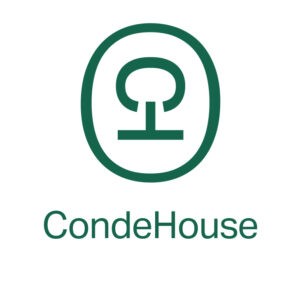Speed and quality are not trade-off
Leap before you look. Haste makes waste. These are famous ancient proverbs, meaning opposite to each other. It seems a speed-vs-quality issue has been long bothering us human beings. Speed, however, appears dominant nowadays because of the rapid change of the times, maybe. Mark Zuckerberg, the star of the digital era, well expressed the priority of the present-day business “Done is better than perfect.” I’m always in haste like the devil but don’t deny the spirit of painstaking and slow work. In fact, I don’t think speed and quality are necessarily trade-off concepts.
Rebel against speed supremacy
In short, I think it’s a matter of conditions. For example, if it’s a free meal at a five star restaurant, I could wait in a line even outside under cold weather for more than two hours, but I’m sure I couldn’t if I have to pay out of my pocket. This controversy of speed and quality couldn’t be less of an issue only if we mutually pre-determine a minimum acceptable quality and longest acceptable waiting time. In the current era of accelerating change, it’s certain that speed gets more prioritized than before, though.
Despite the trend, Japanese organizations still take longer time to make decisions. To be more precise, I’ve very often felt inferior in the speed of decision making, compared with other countries. The Japanese bad habit is always annoying me, but at the same time, I’ve learned there’s something that we can’t sacrifice even for speed.
Slow furniture in Hokkaido
Among our product lineup, there’s a unique table collection. In the process of order placement for the collection, customers are supposed to select lumber boards for their table tops, to begin with. Basically, the table tops are not shaped into a square, but the shape of the edges is left as is: the outline of a tree trunk. Wood is natural material, with no two exactly the same in shape, color, character, etc. This is what makes this collection special and popular, and makes our craftspeople so nervous as well. The chief in charge of the collection says “I always feel anxious, worried if I’ve done anything wrong, if everything goes in order, etc. because mistakes are never allowed. I measure more than three times, cut once.” By such reason, we appreciate your kind patience as this table collection, IPPONGI needs some more time, compared with other collections.

Shungo Ijima
He is travelling around the world. His passion is to explain Japan to the world, from the unique viewpoint accumulated through his career: overseas posting, MBA holder, former official of the Ministry of Finance.

